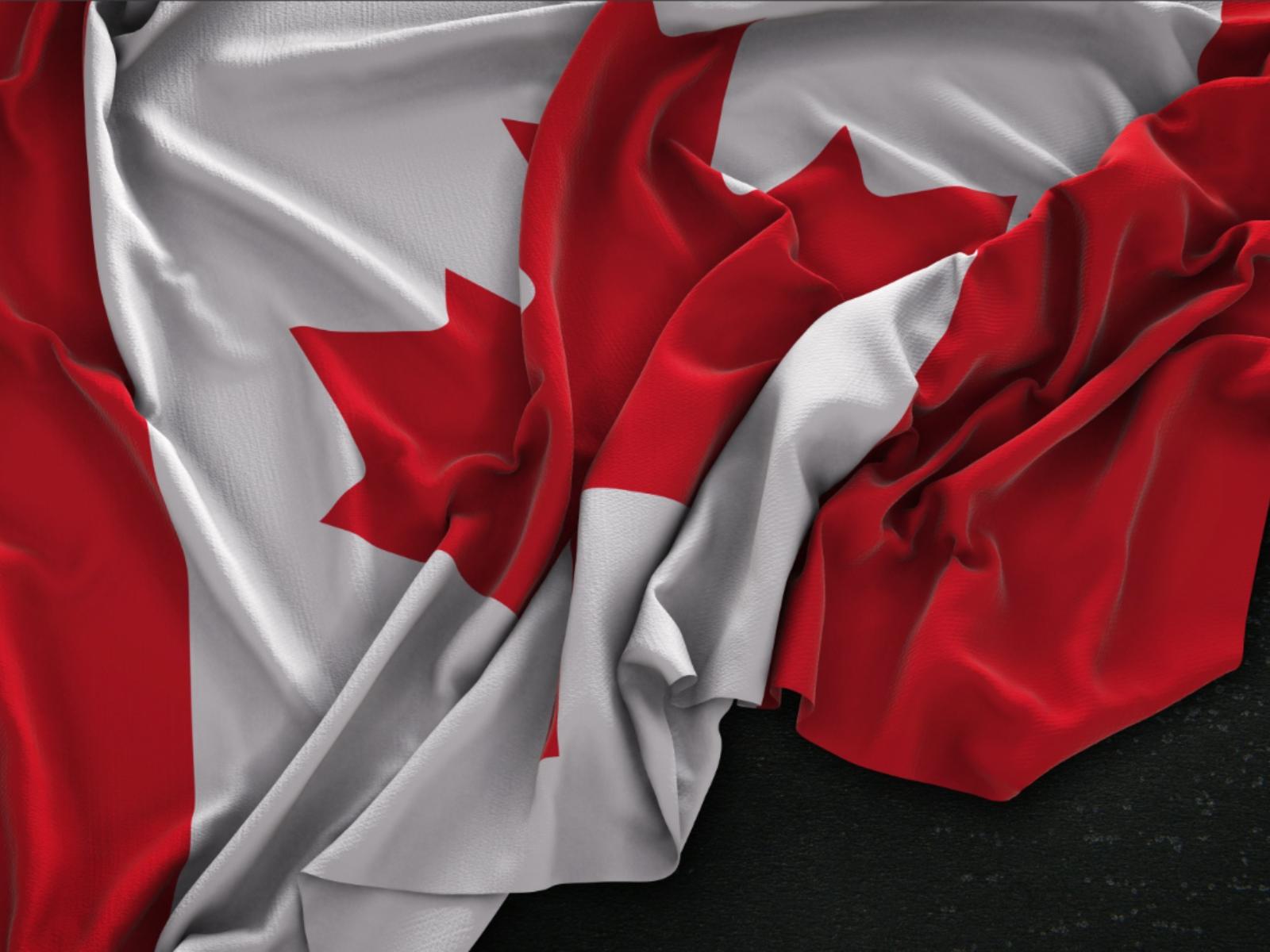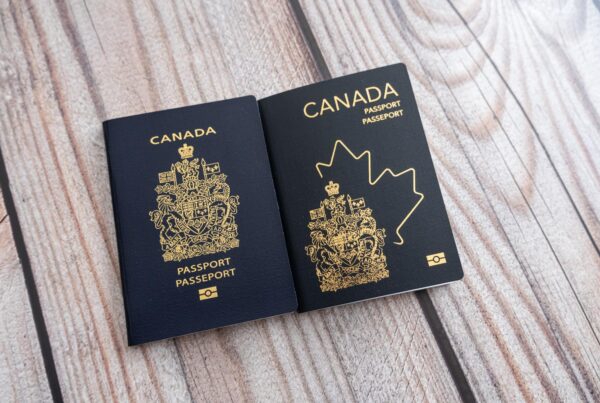Canada’s Immigration Levels Plan for 2025-2027 shows a major change in the country’s immigration management approach. The federal government has substantially reduced permanent resident targets for the next three years. Projections now stand at 395,000 admissions in 2025, 380,000 in 2026, and 365,000 in 2027. These numbers reflect a total decrease of 105,000 admissions in 2025 compared to previous projections.
The new Canada Immigration Plan brings sweeping changes to temporary resident targets. The government’s specific caps limit temporary resident arrivals to 673,650 in 2025, 516,600 in 2026, and 543,600 in 2027. These new immigration rules will likely cause a small population decline of 0.2% in both 2025 and 2026, followed by a population growth of 0.8% in 2027. The levels plan should reduce the housing supply gap by about 670,000 units through 2027. Immigration lawyers view these changes as a fundamental shift in Canada’s immigration strategy that emphasizes domestic capacity and sustainability over continued growth.
Canada Announces 2025-2027 Immigration Levels Plan
Immigration, Refugees and Citizenship Canada (IRCC) released its Immigration Levels Plan for 2025-2027 on October 24, 2024. Canadian immigration history witnessed a first-time inclusion of targets for both permanent and temporary residents. This integrated approach marks a radical change in the government’s vision of immigration management.
IRCC outlines new targets for permanent and temporary residents
IRCC set clear targets for permanent resident admissions. The plan allows 395,000 for 2025, which reduces to 380,000 in 2026 and 365,000 in 2027. These numbers show a drop of 105,000 admissions in 2025 compared to earlier projections. The plan also sets specific targets for temporary residents. New arrivals will be 673,650 in 2025, 516,600 in 2026, and 543,600 in 2027. These numbers reflect work and study permits given to new arrivals, but exclude short-term visitors and seasonal workers.
International students will make up 45% of all new temporary resident arrivals in 2025. This number grows to 59% and 56% in 2026 and 2027. The remaining spots go to temporary workers under the International Mobility Program (IMP) and Temporary Foreign Worker Program (TFWP). The IMP will welcome 285,750 arrivals in 2025, which drops to 128,700 in 2026 and rises to 155,700 in 2027. TFWP maintains 82,000 workers each year throughout the plan.
Why the plan marks a shift from previous years
Canada’s approach to immigration management takes a new direction with this plan. Past annual plans only focused on permanent resident targets. The addition of temporary resident targets creates a detailed view that covers all newcomers entering Canada. The government wants to bring temporary resident numbers down to 5% of Canada’s population by 2026’s end, from today’s 7.25%.
This strategy shows a clear change from Canada’s post-pandemic immigration approach. Earlier plans targeted 500,000 permanent residents yearly. The current strategy recognizes the need to line up immigration levels with community capacity, housing availability, and infrastructure. These changes should reduce the housing supply gap by about 670,000 units by 2027’s end.
Population changes will follow these new policies. A small decline of 0.2% might occur in both 2025 and 2026, followed by 0.8% growth in 2027. Economic immigration stays crucial, with 62% of total permanent resident spots going to the economic class by 2027.
Government Reduces Permanent Resident Admissions
The Canadian government has reduced its permanent resident targets, which marks a radical alteration in the nation’s immigration policy. The federal immigration department announced lower annual targets over the next three years. The targets start with 395,000 in 2025, decrease to 380,000 in 2026, and drop to 365,000 by 2027. These numbers show a substantial reduction from the previous target of 500,000 permanent residents for both 2025 and 2026.
Annual targets drop from 395,000 in 2025 to 365,000 in 2027
The new numbers show a 21% decrease for 2025 compared to the original target. This cut of 105,000 admissions in 2025 aligns with the government’s goal to match immigration with Canada’s housing capacity and social infrastructure. The targets still remain substantially higher than pre-pandemic immigration levels.
Economic class remains the largest category
Economic immigration continues to be the life-blood of Canada’s Immigration Levels Plan. The economic class will make up nearly 62% of total permanent resident admissions by 2027. Economic immigration targets will reduce from 232,150 in 2025 to 225,350 by 2027. The economic streams will focus on skilled workers, caregivers, and people working in healthcare and skilled trades.
In-Canada applicants prioritized for permanent residency
More than 40% of overall permanent resident admissions in 2025 will come from temporary residents already living in Canada. This shows a major change toward prioritizing people who have already become part of Canadian society with existing housing and employment. Express Entry draws will invite candidates with Canadian work experience through the Canadian Experience Class in 2025.
Family reunification and refugee commitments managed to keep steady
The levels plan keeps family reunification at approximately 22-24% of permanent resident admissions despite the overall reduction. Family class admissions will start at 94,500 for 2025 and gradually decrease to 81,000 by 2027. Canada’s humanitarian commitments stay strong, with refugee and protected persons making up about 15% of total admissions[114]. The refugee category starts at 58,350 for 2025 and slightly decreases to 54,350 by 2027.
Canada Introduces Temporary Resident Caps for First Time
Canada’s federal government has set explicit caps on temporary residents for the first time in its 2025-2027 Immigration Levels Plan. This marks a radical change in Canada’s immigration system management.
New targets set for international students and foreign workers
The government’s new plan sets clear numbers for temporary resident arrivals. They expect 673,650 arrivals in 2025, which will drop to 516,600 in 2026 and rise slightly to 543,600 in 2027. These numbers only count new work and study permits. They don’t include permit extensions, status changes within Canada, seasonal workers who come and go in the same year, or asylum seekers. The plan shows that international students will make up 45% of all temporary resident arrivals in 2025. This number will grow to 59% in 2026 and settle at 56% in 2027. The yearly target for new international students stays at 305,900 throughout the three-year period. This is 10% lower than 2024 levels.
Temporary population to be reduced to 5% of total population
The government wants to bring down Canada’s temporary resident population to 5% of the total population by late 2026. Right now, Statistics Canada counts about 3 million non-permanent residents in the country – about 7.25% of everyone living here. Meeting this goal means reducing the temporary resident population by about 1 million over three years. IRCC projects the temporary population will drop by 445,901 in 2025 and 445,662 in 2026. A small increase of 17,439 will follow in 2027.
Breakdown of International Mobility Program and TFWP allocations
Two main streams handle temporary workers. The International Mobility Program (IMP), which usually gives out LMIA-exempt work permits, will accept 285,750 arrivals in 2025. This number drops to 128,700 in 2026 and rises to 155,700 in 2027. This is a big deal as it means a 63% drop from 2023 levels. The Temporary Foreign Worker Program (TFWP), which needs Labor Market Impact Assessments, will keep steady with 82,000 workers each year during the plan. The government has also made LMIA rules tougher by adding caps for low-wage workers and raising wage thresholds for high-wage positions.
Policy Measures Aim to Align Immigration with Capacity
Canada’s 2025-2027 Immigration Levels Plan goes beyond just numbers. The new plan brings policy changes that line up immigration with what Canada can handle. These changes affect many immigration streams by adjusting who can apply and adding new limits.
Study permit caps and PGWP eligibility changes
The government will cut study permits by 10% in 2025, with a new cap of 437,000. This number will stay the same through 2026, and now includes master’s and PhD students. The Post-Graduation Work Permit (PGWP) program has changed by a lot. They’ve added 119 new fields you can study – mostly in healthcare, education, and trades. At the same time, they’ve removed 178 fields that don’t match long-term job needs. As of June 25, 2025, students can choose from 920 eligible fields. Students now need to prove their language skills when they apply for a PGWP. University graduates need Canadian Language Benchmark (CLB) level 7, while college graduates need level 5.
Restrictions on spousal work permits and low-wage TFWP
The new rules have cut back work permits for spouses. Now, only partners of international students in master’s programs (16 months or longer) or doctoral programs can get these permits. The rules also leave out spouses and children of workers in TEER 4 or 5 jobs under the low-wage stream of the Temporary Foreign Worker Program. This is a big change from January 2023’s policy that let family members of all temporary foreign workers get open work permits.
Francophone immigration targets increased outside Quebec
Even with overall cuts, more French-speaking immigrants will move to areas outside Quebec. The government’s yearly targets keep going up: 6% in 2024, 8.5% in 2025, 9.5% in 2026, and 10% by 2027. These goals are ambitious but achievable – they’re much higher than 2023’s 4.7%. Express Entry draws now favor candidates who speak French well. Between January and September 2024, 21,700 invitations (26% of total) went to these candidates.
Consultations with provinces, municipalities, and stakeholders
Immigration, Refugees and Citizenship Canada talked to many groups before making these changes. Housing shortages in big cities came up as the biggest concern – 96% said Canada needs more housing investment to keep immigration working. Many wanted temporary resident numbers included with permanent resident targets in the Immigration Levels Plan for better planning. They also stressed the need to recognize foreign credentials and help newcomers find jobs, especially in healthcare where licensing makes it hard to practice. These talks included provincial and territorial governments, cities, academics, and organizations that help immigrants to create a comprehensive approach to immigration planning.
Preparing For the Change
The new Immigration Levels Plan for 2025-2027 represents the biggest transformation in Canadian immigration management we’ve seen in decades. This piece takes a closer look at how the federal government has completely changed its approach. They’ve cut permanent resident targets and set new limits on temporary residents at the same time. This strategy shows a clear move away from numbers-focused immigration toward a more balanced system that accounts for Canada’s housing and infrastructure limits.
The government has made a dramatic course correction. They’ve reduced permanent resident admissions from 500,000 yearly to 395,000 in 2025, with further cuts to 365,000 by 2027. Economic immigration remains the life-blood of Canada’s immigration strategy. The plan dedicates roughly 62% of permanent resident spots to the economic class by 2027. The commitment to family reunification and refugee protection stays intact, though at lower levels than before.
The government’s decision to put specific caps on temporary residents marks a historic break from past approaches. Their main goal is to bring down the temporary resident population from the current 7.25% to 5% of Canada’s total population by late 2026. This means big cuts in both international student admissions and temporary workers, especially those under the International Mobility Program.
These policy updates will affect many potential immigrants and temporary residents. New rules include tighter study permit caps, updated Post-Graduation Work Permit criteria, language requirements, and reduced spousal work permits. People currently working through the Canadian immigration system should think about what these changes mean for their situation and future plans.
The targets still stand much higher than pre-pandemic immigration levels. The plan also welcomes more French-speaking immigrants outside Quebec, showing Canada’s dedication to language diversity.
Housing shortages topped the list of concerns during stakeholder discussions. The government has shaped these policy changes to build an environmentally responsible immigration system that lines up with Canada’s ability to welcome and integrate newcomers.
The 2025-2027 Immigration Levels Plan shows a reset rather than an abandonment of Canada’s welcoming immigration stance. Quality now matters more than quantity. The focus falls on people already settled in Canada and better control of temporary resident flows. As immigration lawyers, we see these changes reflect Canadian society’s changing priorities and real-world infrastructure limits. While many future immigrants face challenges, these adjustments want to create a better system that works for both newcomers and Canadian society.








